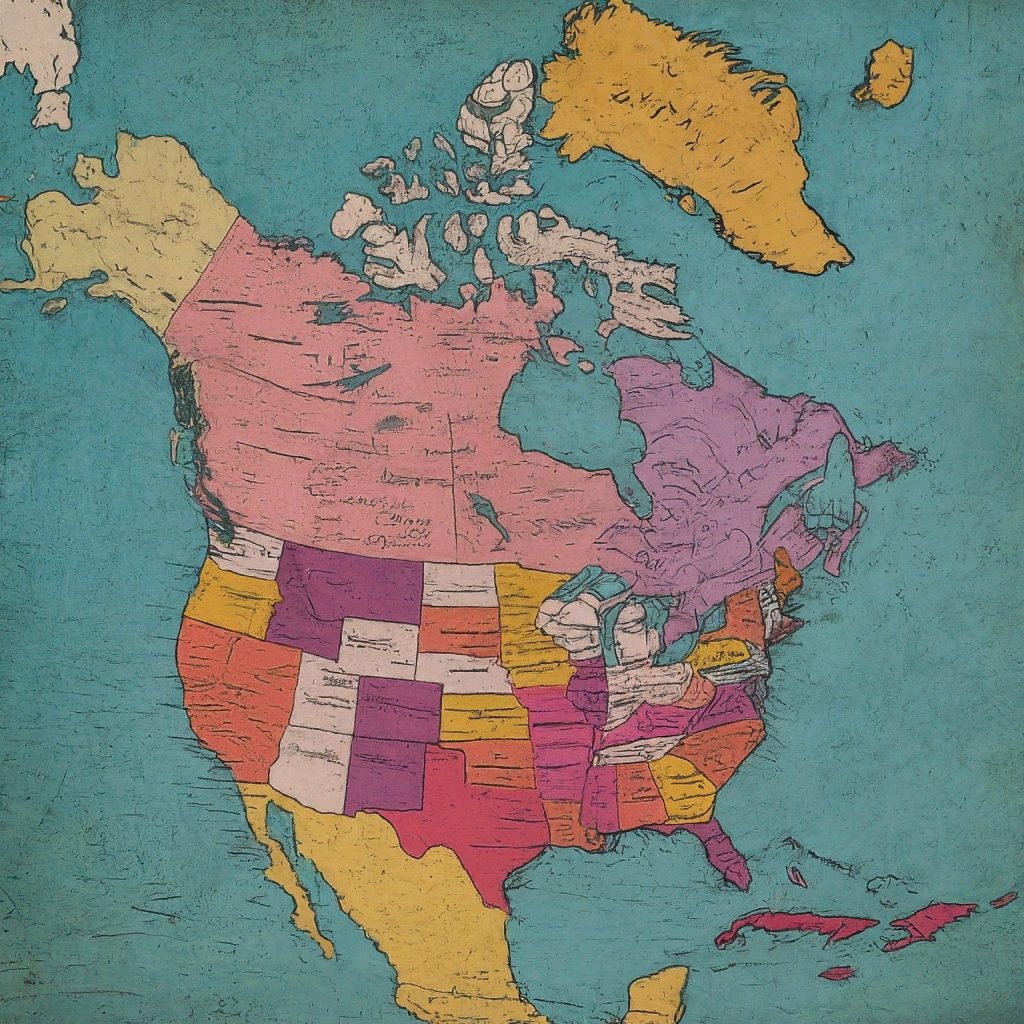Area codes are three-digit numbers that designate specific geographic regions within the North American Numbering Plan (NANP), which encompasses the United States, Canada, and some Caribbean islands. These codes play a crucial role in directing telephone calls to their intended destinations, ensuring efficient communication across vast distances.

United States Area Codes
The United States boasts a vast network of area codes, with each state having multiple codes assigned to different regions. Some of the most recognizable area codes include 212 for New York City, 213 for Los Angeles, 312 for Chicago, 415 for San Francisco, and 713 for Houston. These codes not only serve a practical purpose but also carry cultural significance, often associated with the unique identity and characteristics of their respective regions.
Canadian Area Codes
In Canada, area codes follow a similar structure, with each province and territory assigned specific codes. Notable examples include 416 for Toronto, 514 for Montreal, and 604 for Vancouver. Canadian area codes, like their American counterparts, reflect the diverse geographic and cultural landscape of the country.
Other Countries and Island Nations
The North American Numbering Plan also extends to several Caribbean island nations and territories, each with its own unique area code. These include American Samoa (684), Anguilla (264), Antigua and Barbuda (268), Bahamas (242), Barbados (246), Bermuda (441), British Virgin Islands (284), Dominican Republic (809, 829, 849), Grenada (473), Guam (671), Jamaica (658, 876), Marshall Islands (692), St. Lucia (758), St. Vincent (784), St. Kitts and Nevis (869), and the US Virgin Islands (340).
Toll-Free Numbers
In addition to geographic area codes, the NANP also includes toll-free numbers, which are identified by the prefixes 800, 833, 844, 855, 866, 877, and 888. These numbers allow callers to reach businesses and organizations without incurring long-distance charges, facilitating communication and commerce across the continent.
Area Code Administration
In the United States, the responsibility for area code administration is shared between federal and state authorities. The North American Numbering Plan Administrator (NANP) oversees the assignment and management of area codes, while the Federal Communications Commission (FCC) has jurisdiction over telephone number administration. State utility commissions typically have the authority to decide when and how to introduce new area codes within their respective states.
In Canada, the Canadian Numbering Administrator (CNA) is responsible for numbering administration for the telecommunications industry. Canada participates in the NANP, ensuring seamless communication between the two countries.
New Area Codes: Overlays and Splits
As the demand for telephone numbers continues to grow, new area codes are introduced through two primary methods: overlays and splits. An overlay involves assigning a new area code to the same geographic region as an existing area code, requiring callers to dial the full 10-digit phone number for all calls. A geographic split, on the other hand, divides an existing area code into two or more smaller areas, each with its own unique code.
The Future of Area Codes
The future of area codes is likely to be shaped by the ongoing evolution of telecommunications technology. As more people rely on mobile phones and internet-based communication, the traditional concept of a fixed geographic location associated with a phone number may become less relevant. However, area codes are expected to remain an important part of the communication infrastructure, serving as identifiers for specific regions and facilitating efficient call routing.
In conclusion, area codes are more than just numbers; they are a reflection of our diverse geographic, cultural, and economic landscape. They connect us to our communities, our history, and our future. As we continue to embrace new technologies and communication platforms, area codes will continue to play a vital role in our interconnected world.
لا تعليق